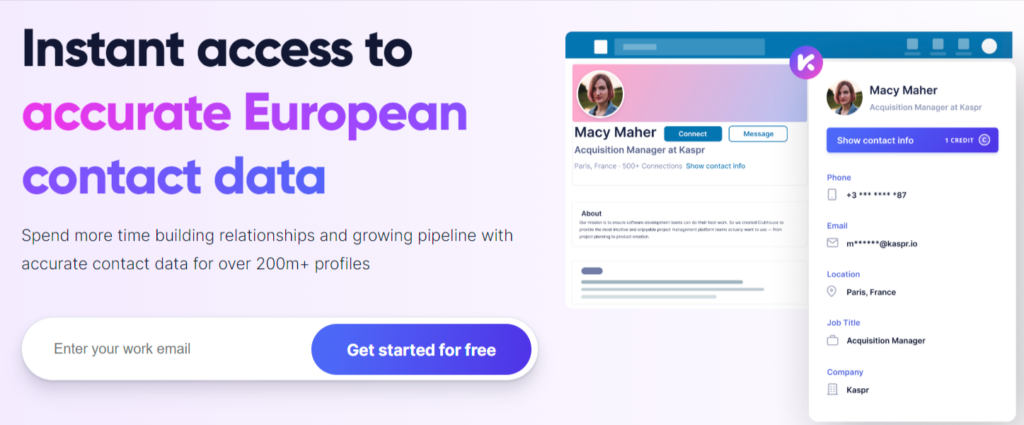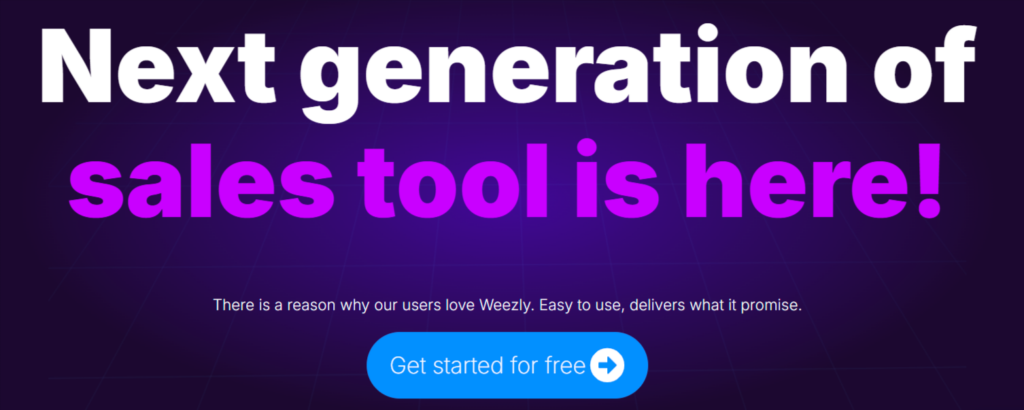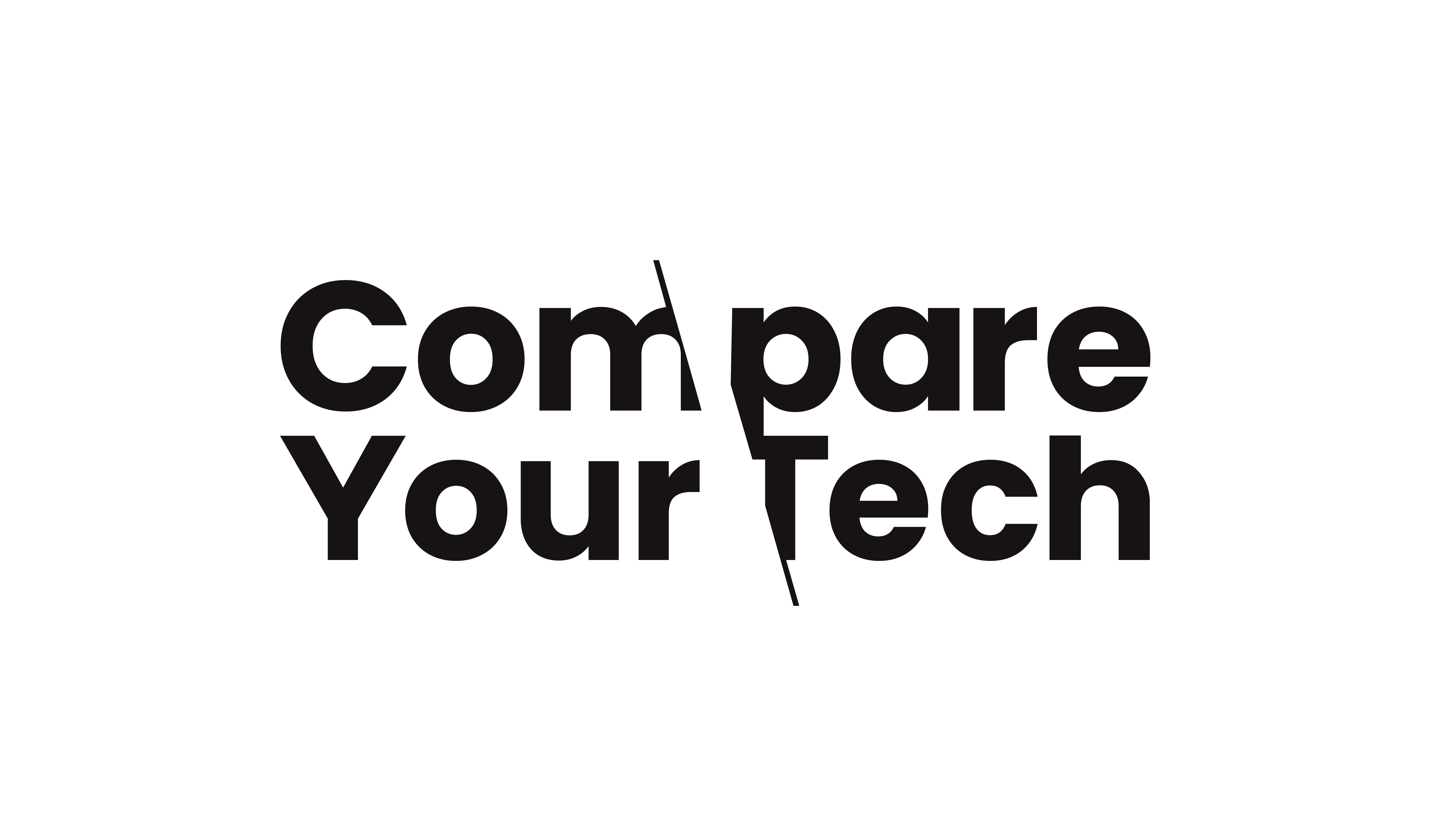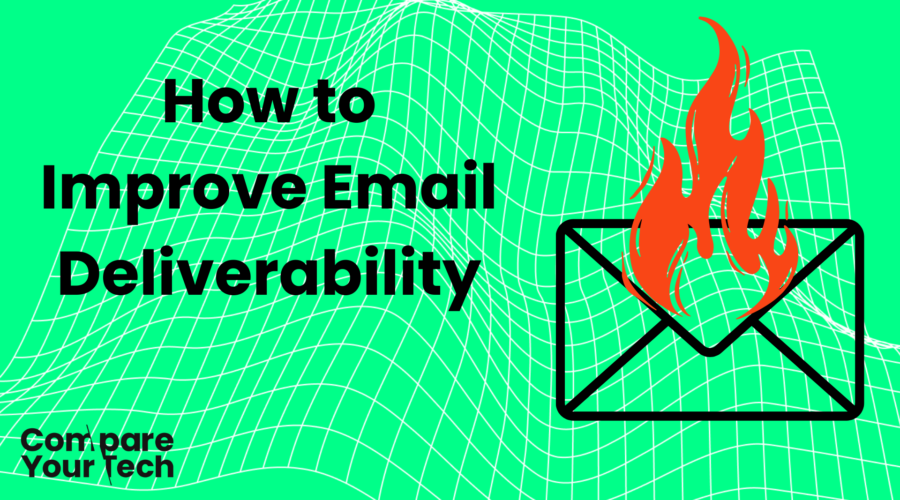How to Improve Email Deliverability
Introduction
Email marketing remains one of the most effective ways to engage with customers, drive sales, and build long-term relationships. However, many businesses struggle with low email deliverability rates, leading to lost revenue and poor engagement. If your emails aren’t reaching inboxes, your efforts are wasted.
This blog explores:
- Email warming techniques to build a strong sender reputation
- The use of multiple domains to prevent blacklisting
- The importance of email verification and list hygiene
- How to source high-quality email data
- The best email sending and personalisation tools to enhance engagement
By implementing these strategies, businesses can significantly increase their email deliverability and overall marketing success.
What is Email Deliverability?
Email deliverability refers to the ability of an email to successfully reach a recipient’s inbox rather than being marked as spam or rejected. Several factors impact this, including:
Key Factors Affecting Deliverability:
- Sender Reputation – ISPs (Internet Service Providers) evaluate your domain and IP reputation, bounce rates, and spam complaints.
- Email Content – Poorly structured emails, excessive links, misleading subject lines, or spammy words trigger spam filters.
- Recipient Engagement – If recipients ignore or delete emails frequently, ISPs classify them as unimportant.
- Technical Setup – Proper authentication protocols like SPF, DKIM, and DMARC ensure ISPs trust your emails.
- Bounce Rates – Sending emails to invalid or outdated addresses harms deliverability.
By improving these factors, businesses can maximise inbox placement and improve email marketing performance.
1. Warming Up Emails for Better Deliverability
What is Email Warming?
Email warming is a gradual process of increasing email-sending activity from a new domain or IP address. It establishes credibility with ISPs and reduces the risk of emails being marked as spam.
Step-by-Step Guide to Email Warming:
- Start Small: Send a few emails daily to engaged contacts (e.g., team members, existing customers).
- Gradually Increase Volume: Scale email sends weekly to avoid sudden spikes that trigger ISP suspicion.
- Engage Recipients: Encourage replies and interactions to signal to ISPs that your emails are valuable.
- Monitor Key Metrics: Track bounce rates, spam complaints, and inbox placement.
- Use Email Warm-Up Tools: Automate and optimise the process with AI-driven solutions.
Tools for Email Warming:
- Warmup Inbox – Automates email warming by gradually increasing send volume, boosting domain reputation, and improving email placement in inboxes.
- Warmy.io – Uses AI-driven email engagement techniques to enhance deliverability, simulating human-like interactions to build sender reputation and avoid spam filters.
2. Using Multiple Domains to Protect Reputation
Why Use Multiple Domains?
Businesses that send different types of emails (marketing, transactional, support) should separate them across different domains. This prevents one domain’s reputation from affecting all emails.
Example Domain Segmentation:
- Primary Domain: Used for official communications (e.g., @company.com)
- Marketing Domain: Used for newsletters and promotions (e.g., @offers.company.com)
- Transactional Domain: Used for order confirmations, receipts (e.g., @billing.company.com)
Benefits of Multiple Domains:
- Protects sender reputation – If one domain is flagged, others remain unaffected.
- Improves deliverability rates – Marketing emails don’t affect transactional emails.
- Better brand control – Users can easily recognise email categories based on domains.
3. Email Verification & List Hygiene
Why Email Verification Matters
A poor-quality email list increases bounce rates, reduces engagement, and damages sender reputation. Verifying emails ensures accuracy before sending.
Best Practices for List Hygiene:
- Use Double Opt-In: Require users to confirm their subscription to eliminate fake emails.
- Regularly Remove Inactive Contacts: Clean lists by removing unengaged users.
- Monitor Bounce Rates: Keep hard bounces below 2%.
Best Email Verification Tools:
- UseBouncer – A high-accuracy email verification tool that detects invalid, risky, or temporary email addresses to prevent high bounce rates and improve sender reputation. (Enjoy 10% Off all Bouncer Payments, including Pay-As-You-Go and Subscriptions using Bouncer. Redeem Here. (New Customers Only).
- Mailfloss – An automated email verification platform that integrates with major email service providers to clean lists and eliminate invalid addresses, reducing email rejection rates.
4. Where to Source High-Quality Email Data
Best Data Sourcing Tools:
- Kaspr – A powerful LinkedIn data extraction tool that provides verified contact details, including emails and phone numbers, enabling sales teams to reach prospects quickly. (Find out more about Kaspr in our dedicated Blog: ‘Kaspr: A Streamlined Solution for Efficient Lead Generation and Contact Management‘).

5. Best Email Sending & Personalisation Tools
Email Sending Platforms:
- Beehiiv – A newsletter platform built for content creators, offering detailed analytics, audience segmentation, monetisation options, and easy email campaign creation.
- Moosend – A feature-rich email marketing platform with automation, AI-powered segmentation, drag-and-drop campaign design, and in-depth reporting.
- Campaigner – Advanced email marketing automation platform with built-in SMS marketing, A/B testing, and detailed audience segmentation for highly targeted campaigns.
- GetResponse – A comprehensive marketing suite including email automation, webinars, landing pages, and CRM integration, ideal for businesses looking for an all-in-one tool.
- AWeber – Designed for small businesses and entrepreneurs, offering autoresponders, list segmentation, and a simple drag-and-drop email builder.
- MailBlaze – A cost-effective email marketing platform featuring pre-built email templates, advanced segmentation, and campaign performance tracking.
- ActiveCampaign – A powerful email marketing and automation tool with a built-in CRM, machine-learning capabilities, and customer journey mapping for precise targeting.
- Salesforge – AI-driven sales automation tool that enables hyper-personalised cold email campaigns at scale, increasing engagement and conversion rates.
Video Personalisation Tools:
- Weezly – A unique tool that integrates personalised video content into email campaigns, increasing engagement rates and improving email conversion by making communications more interactive.

Conclusion
Improving email deliverability is essential for businesses looking to maximise engagement and achieve better marketing results. By implementing key strategies such as email warming, domain segmentation, email verification, and maintaining high-quality email lists, businesses can significantly enhance their sender reputation and inbox placement rates.
Additionally, leveraging the right tools, from email warm-up platforms to advanced personalisation and sending solutions, ensures that campaigns are optimised for success. Whether you’re a small business or a large enterprise, adopting these best practices will help you achieve higher open rates, increased conversions, and a more effective email marketing strategy overall.
By continuously monitoring performance, adapting to evolving best practices, and using the right tools, businesses can ensure that their emails reach the right audience at the right time, ultimately driving better results and stronger customer relationships.
Subscribe to our CompareYourTech Newsletter and keep up-to-date with the latest Business Technology Solutions, Services, Strategy, plus more.

